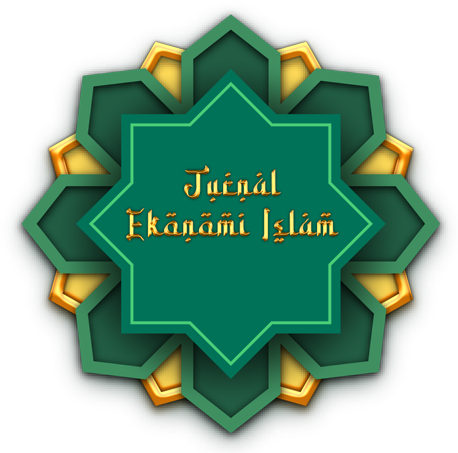Main Article Content
Abstract
The age of the organization has entered the 2nd century, with the long age of the organization, of course, many members have been born, of course, every branch and branch activities of the association should be attended by cadres, but in fact, not all branches and branches are busy with Islamic and Muhammadiyah activities. Therefore, a special strategy is needed to gather Muhammadiyah cadres to actively revive Islamic activities organized by the organization. The purpose of this study was conducted to determine the description of the conditions of the cadres in the Muhammadiyah Branch Leadership (PCM) Kebayoran Baru and to find out how the role of the PCM Kebayoran Baru recruitment pattern. This type of research uses a qualitative descriptive method, by presenting a descriptive depiction of an examination of the object of study. The results of the discussion show that the Methods and Strategies of Muhammadiyah Da'wah in Kebayoran Baru are in accordance with the results of the Muhammadiyah Congress to revitalize cadres and Muhammadiyah members, in addition to continuing to carry out the main cadre, the Cadre Council also opens new breakthroughs by recruiting cadres from the social activity path. formed Limau Charity, which is a member and volunteer for millennials. The leadership of the Kebayoran Baru Branch is also active in the moon recitation and study on Saturday dawn and the culture after each midday prayer, all of which are activities in order to form Muhammadiyah cadres and as a gathering place among Muhammadiyah members.
Keywords: Muhammadiyah, Methods, Recruitment, Millennial
Article Details
Authors who publish with this journal agree to the following terms:
Authors retain copyright and grant the journal right of first publication with the work simultaneously licensed under a Creative Commons Attribution License that allows others to share the work with an acknowledgement of the work's authorship and initial publication in this journal.
Authors are able to enter into separate, additional contractual arrangements for the non-exclusive distribution of the journal's published version of the work (e.g., post it to an institutional repository or publish it in a book), with an acknowledgement of its initial publication in this journal.
Authors are permitted and encouraged to post their work online (e.g., in institutional repositories or on their website) prior to and during the submission process, as it can lead to productive exchanges, as well as earlier and greater citation of published work (See The Effect of Open Access).
